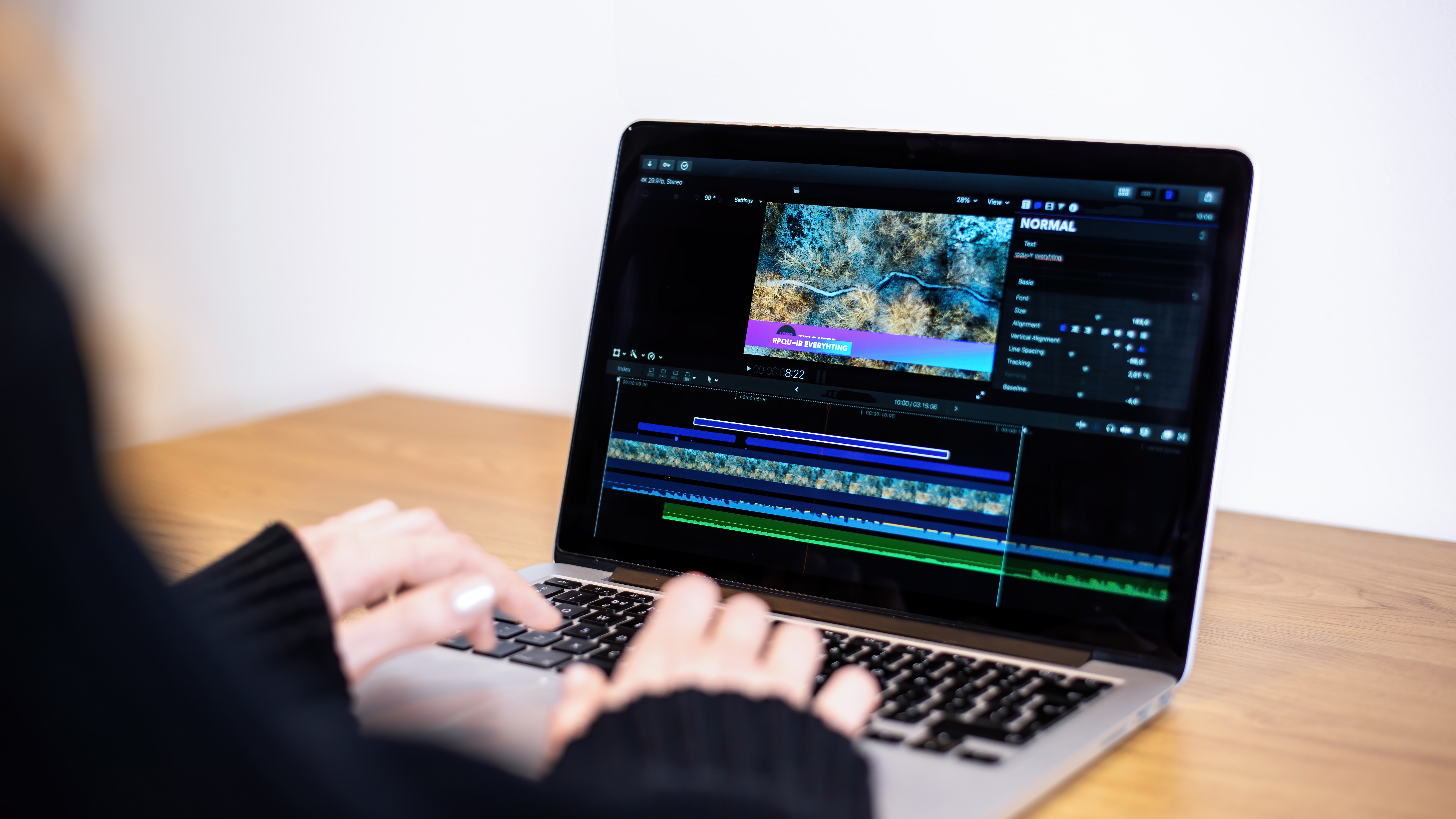Artificial intelligence (AI) has sparked a revolution in video editing, combining creativity and technological competence. AI-powered video editors are transforming the way content producers approach their work, offering fresh tools and capabilities that streamline workflows, boost productivity, and open up new creative possibilities. In this extensive lesson, we’ll look at how artificial intelligence (AI) is altering the creative process in video editing, allowing producers to generate amazing images like never before. AI video editors analyse footage, identify crucial moments, suggest changes, and even make full videos automatically, considerably speeding up the editing process and assisting creators in producing professional-looking outcomes with minimal work.
Understanding AI for Video Editing
Before digging into the ramifications, let us first understand the fundamentals of AI in video editing. Unlike traditional editing approaches, which rely only on manual inputs and human decision-making, AI video editors use machine learning algorithms to analyse, understand, and modify visual footage. These algorithms may do scene detection, object recognition, motion tracking, and even content generation, resulting in significant time and effort savings during editing. By automating these processes, AI video editors enable producers to focus more on the creative parts of their work, resulting in more inventive and compelling material.
The Rise of AI-Powered Tools
The emergence of AI-powered video editing tools has democratised the process, making complex techniques more accessible to a wider audience. From newbie enthusiasts to seasoned pros, producers of all skill levels can now employ AI to enhance their work. Whether it’s automated colour correction, sophisticated clip editing, or smart object removal, these technologies let users get polished results with minimal manual work. This accessibility has changed the landscape of video editing, allowing creators to focus on their artistic vision and storytelling rather than technical issues.
Enhancing Efficiency and Productivity
One of the most significant advantages of AI in video editing is its ability to improve efficiency and productivity. By automating repetitive tasks and generating intelligent recommendations, AI video editors enable producers to devote more time and attention to the creative aspects of their work. For example, AI-powered content analysis may identify the most interesting moments in raw footage, allowing editors to quickly create appealing sequences without having to go through hours of material by hand. This not only speeds up the editing process, but also allows editors to experiment more freely, resulting in more creative and interesting content.
Power of AI Video Editors
AI video editors are critical for streamlining workflows and boosting productivity. These sophisticated technologies employ AI algorithms to analyse and comprehend visual data, yielding intelligent judgements based on predetermined parameters. For example, by using the keyword AI video editor in their content, artists may attract relevant audiences interested in learning more about the confluence of AI and video editing. Additionally, AI video editors can assist producers in producing more personalised content by analysing audience preferences and patterns, resulting in improved engagement and retention rates. Overall, the strength of AI video editors stems from their capacity to speed the editing process, improve content quality, and improve the overall viewer experience.
Unlocking creative possibilities
In addition to increasing productivity, AI-powered video editing solutions provide content creators with additional creative opportunities. Advanced capabilities such as style transfer, automated storytelling, and content synthesis enable editors to experiment with new approaches and push the boundaries of visual storytelling. With AI as a creative collaborator, creators can experiment with new editing techniques, different aesthetics, and revitalise their projects. AI can analyse massive volumes of data to uncover trends and patterns, resulting in novel editing strategies that human editors may not have considered. This mutually beneficial interplay between human creativity and AI technology is transforming the landscape of video editing, allowing producers to create content that is both technically astounding and artistically innovative.
Overcoming Technological Challenges
While AI has immense promise for the future of video editing, it is not without challenges. Technical constraints, such as computing requirements and data dependencies, can prevent widespread adoption. Furthermore, concerns about privacy, bias, and ethical ramifications highlight the need for responsible AI development and application. However, as technology evolves and matures, these concerns are likely to be addressed, paving the way for further industry innovation and growth. As processing power grows and AI algorithms improve, we may expect AI video editors to become more accessible and capable, bringing up new opportunities for producers all over the world.
The Future Of Video Editing
As we move forward, AI’s influence on video editing is projected to expand even further. Advances in machine learning, computer vision, and natural language processing will drive additional innovation, allowing AI video editors to become more complicated and capable than ever. Creators should anticipate more breakthroughs in automation, personalisation, and creative help, which will allow them to reach their full artistic potential. With AI’s continuing progress, the future of video editing promises tremendous opportunities, allowing creators to push the frontiers of storytelling and visual expression.
Conclusion
In conclusion, AI’s impact on video editing marks a substantial shift in the creative process. Creators now have access to AI-powered tools that can improve processes, boost productivity, and unleash new levels of creativity. While constraints like accuracy and customisation persist, the prospects for innovation and growth are enormous. As we embrace this transformation, we pave the way for a future in which the possibilities for visual storytelling are only limited by our imagination.






